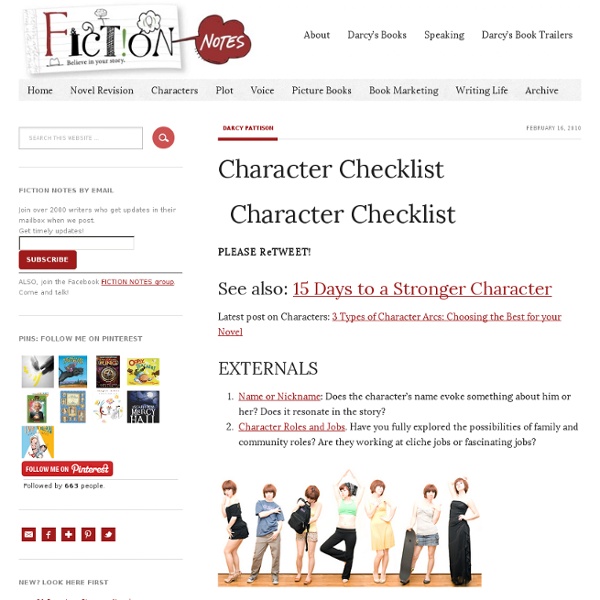Zoom
Trash
Related:



Spice Up Your Writing With Dialogue by Judy Cullins Does your chapter sound like a report? Does it go on and on with past tense sentences that tell, rather than show? To spice up your self help, non-fiction or fiction book and even promotional writing, you need to use much more dialogue. Why? If your aim your book at agents and publishers, the first action acquisition editors make is to find a section of dialogue. It is difficult to put just the right words into dialogue--to convey character and emotion. Tips: 1. "You can't be serious, she said in astonishment." So, show how astonished through dialogue or beat. 2. Stop using -ly verbs such as "I'm afraid it's not going well," he said grimly." Examples: Percy burst into the zoo keeper's office. "Is something wrong, sir?" "Don't you realize you're killing those poor innocent creatures, you heartless fascist? 3. You have heard about show, don't tell and all -ly forms tell. Condescending example: "I'm afraid it's not going very well, "he said grimly. 4. 5. 6. 7. 8.
Seven Keys to Writing Good Dialogue | Nathan Bransford - Blog It goes without saying (but watch me say it) that dialogue is one of the very most crucial elements in a novel. Great dialogue can make a novel sing. Bad dialogue can sink it like a stone. Here are a few ideas on what makes good dialogue work: 1. Good dialogue is not weighed down by exposition When the dialogue is carrying exposition and trying to tell the reader too much, characters end up saying a lot of very unnatural and unwieldy things. "Remember that time we stole the frog from Miss Jenkins and she ended up giving us two hours of detention and that's how we met?" So much of this dialogue would already be already apparent to the characters. Exposition and dialogue only really mesh when one character genuinely doesn't know what the other character is telling them and it's natural for them to explain at the moment they're explaining it. 2. Sometimes you'll see characters in novels bantering back and forth in a way that is meant to reveal character or fill space. 3. 4. 5. 6. 7.
Characters with Character: Random Personality Generator If you're enjoying the content here, check out our new site, Thoughtcrime Games. Thanks for visiting! If you're new here, you may want to subscribe to my RSS feed. Thanks for visiting! I don’t know about you but when I sit down for a one-shot game with a pregen character, I can’t always come up with a unique and interesting personality on the fly. Sometimes the class, race and skill combo strikes a chord, but usually it’s just numbers. Using the Generator is a snap. Motivation: What is it that really gets your character’s motor running? Instinct: What is your character’s first reaction to a threat (physical or otherwise)? Approach: What archetype is your character best known for being? Now just because every character in D&D is combat-capable does not necessarily make them all warrior-type personalities. Raven, Revenant Tempest FighterMotivation 8 (Intense Experience); Instinct 10 (Invoke Tradition); Approach 12 (Ethereal Mystic) Most living beings fear death. Serious Skills Similar Posts: